Rice is a cereal grain that people eat all over the world. However, it is hard to know how much water to add when cooking, and often it is overcooked or undercooked. So, let's look at a simple method to cook rice that will result in perfectly cooked rice.
While there are different kinds of rice, they all have one thing in common: water ratio to rice. An easy rule of thumb is to use a 2:1 ratio of water to rice. For example:
- 1/2 cup of rice = 1 cup of water
- 1 cup of rice = 2 cups of water
- 2 cups of rice = 4 cups of water
There are several methods for cooking rice, and finding what works best for you is a process of trial and error. In this article, we will look at why the proper water to rice ratio is important. In addition, we will answer other frequently asked questions about cooking rice, so read on!
![Woman rinsing rice in bowl under running water - How Much Water To Cook Rice [1 2 Cup, 1 And 2 Cups]](https://kitchenseer.com/wp-content/uploads/2022/04/Woman-rinsing-rice-in-bowl-under-running-water-How-Much-Water-To-Cook-Rice-1-2-Cup-1-And-2-Cups.png)
How Much Water Do You Need To Cook Rice?
Rice is an essential food for people all over the world. Half of the population in the entire world is dependent on rice as a staple food. That is a lot of people!
There are different types of rice, and each type has another way of cooking. The most common types of rice are white, brown, jasmine, and basmati.
The method for cooking rice that we will be discussing is the absorption method. This is the most common way to cook rice, and it is what we recommend for beginners.
The absorption method is when the rice is cooked in a fixed amount of water, and then the water is absorbed by the rice. This leaves the rice with a fluffy texture, and each grain is separate.
The most important thing to remember when using the absorption method is the ratio of water to rice. As we mentioned before, the ratio is 2:1. This means that for every 1 cup of rice, you need 2 cups of water.
The rice will be overcooked and mushy if you use too much water. The rice will be undercooked and hard if you use too little water. Using the correct amount of water is crucial for perfectly cooked rice.
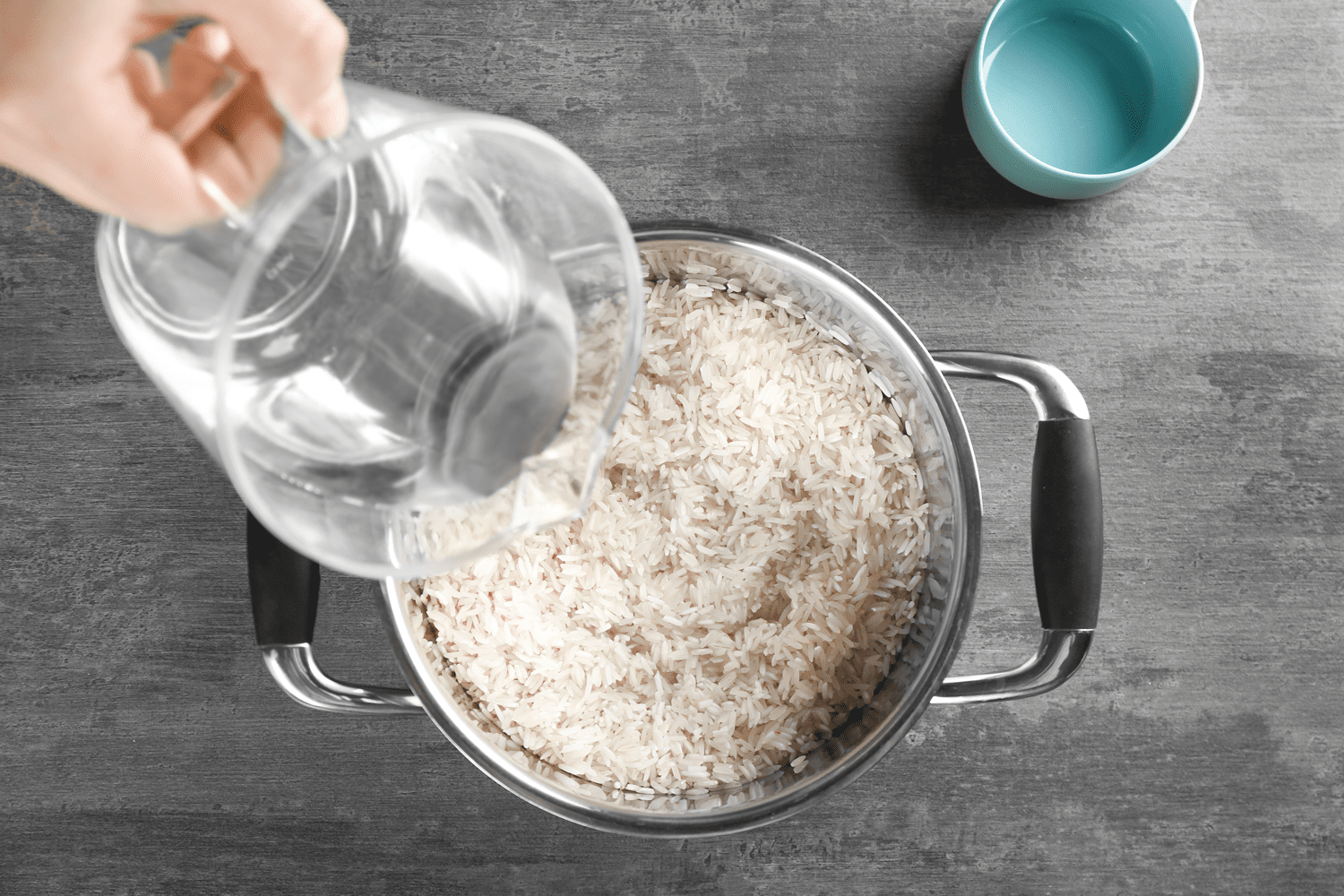
How Do You Cook Rice Using Absorption?
The first step is to rinse the rice in a fine-mesh strainer. This removes any dirt or impurities from the surface of the rice. It is essential to do this step to make the rice taste better.
Once the rice is rinsed, add it to a pot with the appropriate amount of water. As a reminder, the ratio is 2:1. So, if you are cooking 1 cup of rice, you need to add 2 cups of water.
Bring the pot of water to a boil over high heat. Once it reaches a boil, reduce the heat to low and cover the pot with a tight-fitting lid.
Let the rice simmer for 17-18 minutes. Do not remove the lid during this time! Note: larger rice amounts may take a few more minutes to cook.
After 18 minutes, turn off the heat and let the pot sit for five more minutes. This allows the rice to finish cooking. Now, it is time to fluff the rice. Use a fork to fluff the rice and separate the grains.
The final step is to add your favorite toppings and enjoy!
Do I Need To Refrigerate Rice?
No, you do not need to refrigerate rice. You can store brown rice in a cool, dry place for up to 6 months. However, you can keep white rice uncooked for up to 2 years.
There are signs that your rice has expired, such as a change in color or texture or an off-putting smell. If you notice any of these signs, it is time to throw out the rice and get a new batch.
However, if you have cooked your rice, then it needs to be refrigerated within 2 hours of cooking. Food left out over 2 hours starts to grow bacteria that can make you sick.
Once you put the rice in the fridge, you can keep it there for 3-4 days. After that, if the rice has a foul smell, is hard, or has changed color, it has gone bad and needs to be thrown out.
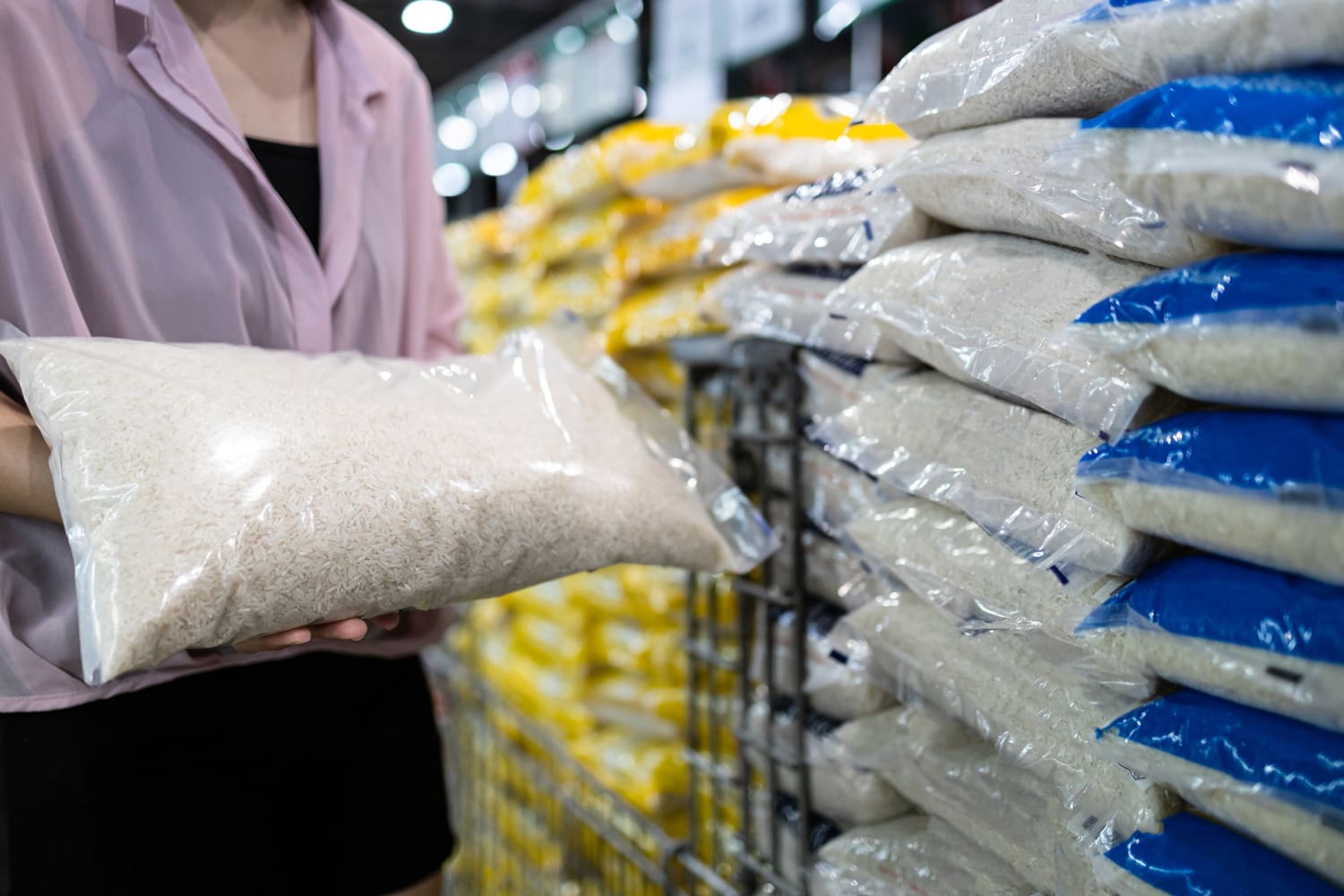
Can You Reheat Rice?
Yes, you can reheat the rice. Rice is one of the easiest foods to reheat.
The best way to reheat rice is in the microwave. Put the rice in a microwave-safe dish and add a few drops of water. This will help to keep the rice from drying out. Cover the dish with a damp paper towel and heat for 1-2 minutes, or until heated through.
Another way to reheat rice is on the stovetop. Add the rice to a pot with a little bit of water or broth. Heat over low heat, occasionally stirring, until the rice is heated through.
Should You Rinse Rice Before Cooking It?
It is not necessary to wash rice before cooking it, but we recommend rinsing it in a fine-mesh strainer. This removes any dirt or impurities from the surface of the rice.
In addition, rinsing your rice will remove extra starch. This is important because it will make the rice less sticky and more fluffy.
To sum it up, rinsing your rice before cooking it is not required, but we think it is worth the extra step.
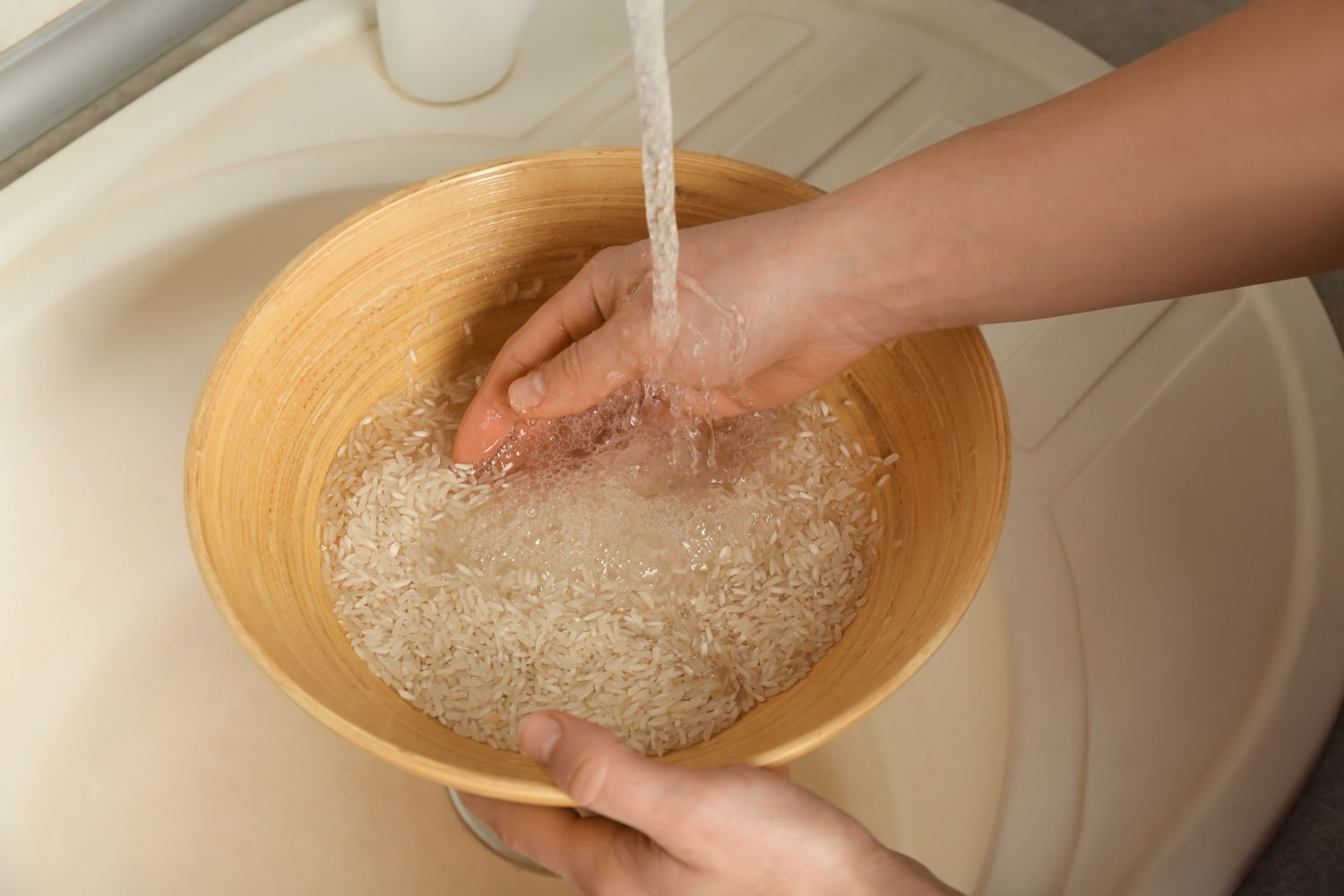
Can I Use Broth Instead Of Water To Cook Rice?
Yes, you can use broth instead of water when cooking rice. This will add more flavor to your rice.
If you are using broth, we recommend using a low-sodium variety so that your rice does not end up being too salty. You will also want to adjust the salt you add to the rice.
If you don't have a broth, you can use a bouillon cube or granules. Dissolve these in boiling water, and then use this as your cooking liquid.
How Do You Make Rice Fluffy Instead Of Sticky?
The key to making fluffy rice is to rinse it before cooking. This removes extra starch from the surface of the rice.
In addition, make sure you are using the correct ratio of water to rice. The ratio is 2:1. So, for 1 cup of rice, you need 2 cups of water.
Finally, add your rice rinsed to cold water and then bring it to a boil. In addition, make sure your lid fits tightly so the moisture stays inside the pot.
Do I Need Oil To Cook Rice?
No, you do not need to use oil when cooking rice. However, some people do this to improve the texture of the rice.
In addition, you can add salt to the water when cooking rice. This will help to improve the flavor of the rice.
Can You Make Rice In The Oven?
Yes, you can cook rice in the oven. The advantage of cooking rice in the oven is that it frees up your stovetop for other dishes.
Preheat your oven to 350-375 degrees Fahrenheit to cook rice. Then, add the rice and boiling water to an oven-safe dish. The ratio of water to rice is 2:1. So, for 1 cup of rice, you need 2 cups of water.
Cover the dish with a lid or foil and bake for 30 minutes. Remove the lid or foil and fluff the rice with a fork. Then, bake for 5-10 minutes, or until the rice is cooked through.
Let the rice rest for 5 minutes before serving. You can also add butter to the rice before adding the water for more flavor.
Which Is Better For Cooking Rice: A Pot Or Rice Cooker?
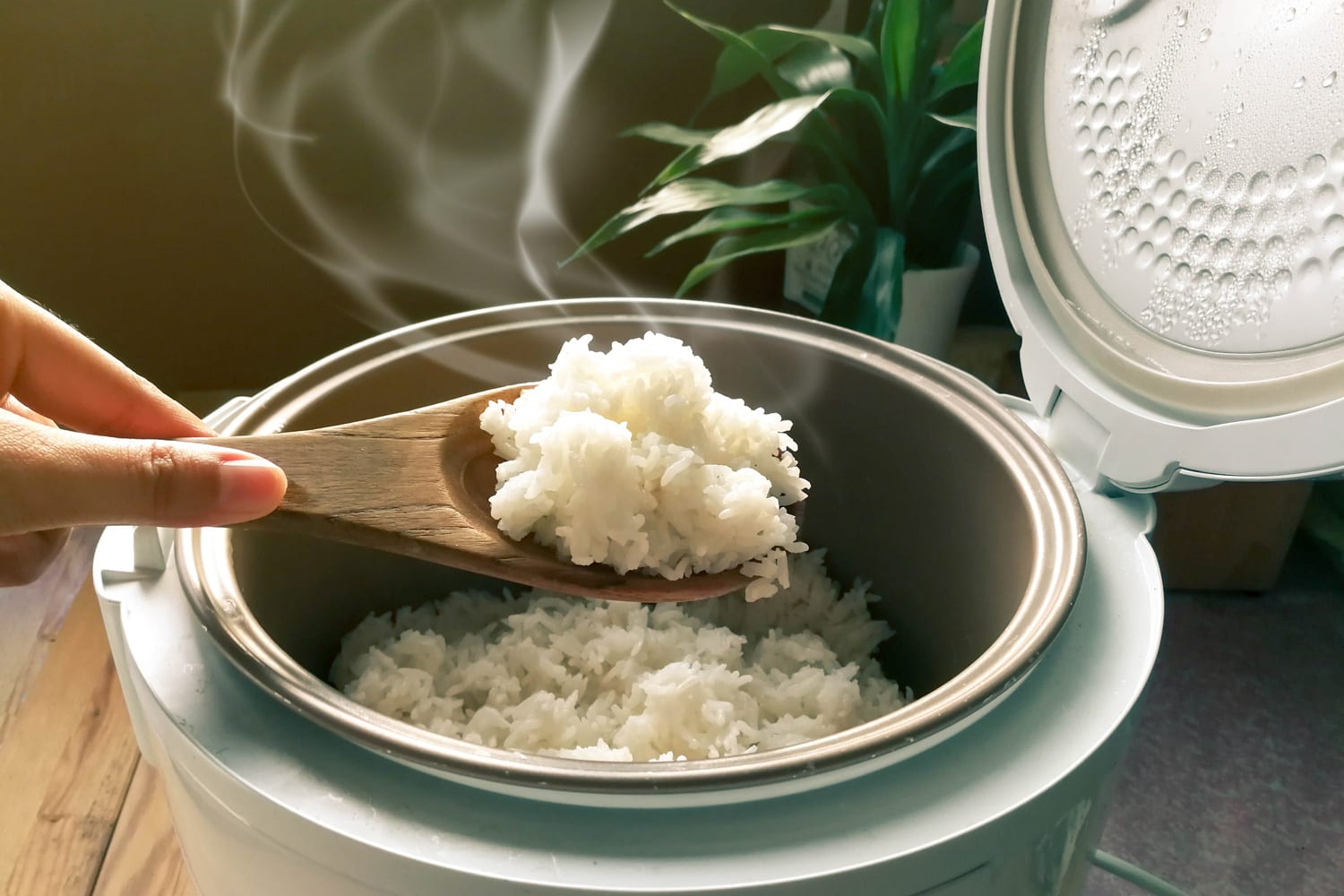
The answer to this question depends on your personal preferences. For example, some people prefer to cook rice in a pot because they feel more control over the cooking process.
Others prefer to use a rice cooker because it is less hands-on, and they feel like it produces more consistent results.
If you are new to cooking rice, we recommend using a rice cooker. This will take some of the guesswork out of the process. Once you have more experience, you can experiment with cooking rice in a pot.
Final Thoughts
We hope this guide has helped you learn everything you need to know about cooking rice. The key to perfect rice is to rinse it before cooking and use the correct ratio of water to rice. With a bit of practice, you'll be a pro in no time.
Now, it's time to get in the kitchen and put your new skills to the test!
Hold the grain train! Check out these helpful related posts below!
How Much Water To Rice In Rice Cooker? [Ratio By Type Of Rice]
Can Rice Cooker Be Used As Slow Cooker Or Crockpot?

![Pour water into rice - How Much Water To Rice In Rice Cooker [Ratio By Type Of Rice]](https://kitchenseer.com/wp-content/uploads/2022/03/Pour-water-into-rice-250x250.jpg)
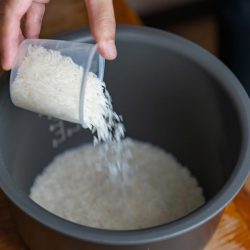
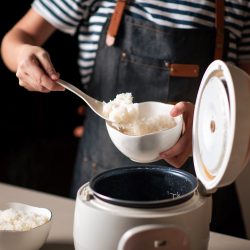

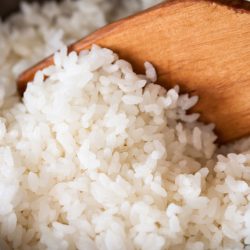
![A rice cooker filled with freshly cooked rice, Can Rice Cookers Cook Brown Rice? [And How to]](https://kitchenseer.com/wp-content/uploads/2022/02/A-rice-cooker-filled-with-freshly-cooked-rice-250x250.jpg)